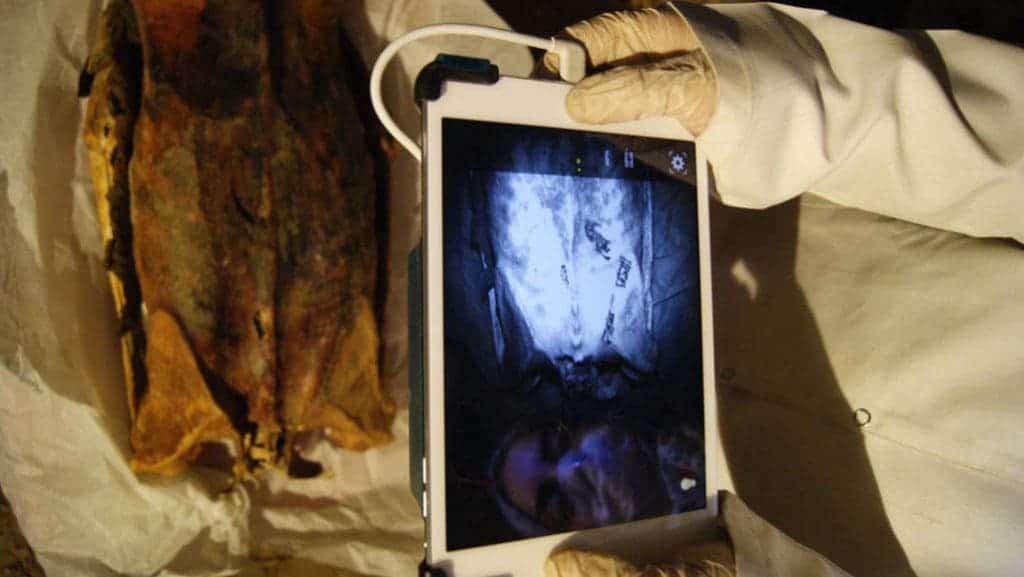Tattooing may have been more widespread in Ancient Egypt than previous thought. A new study seems to suggest after researchers analyzed mummies that were inked with different motifs.

Although mummification can preserve tissue in extraordinary condition it also discolors and darkens the skin. This makes spotting tattoos incredibly challenging. Tattoos fade during a person’s lifetime, after all, not to mention after thousands of years.
But thanks to infrared photography, it is possible to differentiate a tattoo’s ink from mummified tissue. This is what a team of researchers did on the mummies of seven women, which were found at Deir el-Medina, near the extravagant tombs of the Valley of the Kings.
The team, led by Anne Austin, an anthropologist at the University of Missouri, made their first investigations in 2014 after researchers noticed markings on the neck of one of the Deir el-Medina mummies. These markings were not painted on, as initially thought, but were actually tattoos. The body of this female alone was adorned with no fewer than 30 tattoos on her neck, back, and behind the shoulders.
The tattoo featured sacred motifs in ancient Egyptian culture, such as scarab beetles, lotus flowers, cobras, cows, or baboons. Other tattoos looked like hieroglyphs used in Egyptian writing. This suggests that the woman may have been a healer or priestess.
In their new study, the researchers describe tattoos on six other mummified women adorned with similar motifs. One of the women had a human eye on her neck, for example, which is known to be an ancient Egyptian symbol associated with protection.
Previously, tattoos had been found on only six other Egyptian mummies. These findings suggest that perhaps researchers simply had used the right method to spot them and that perhaps the practice was much more widespread than previously thought.
The oldest known tattoos actually belong to the famous 5,250-year-old Ötzi the Iceman mummy, found in the Alps. Ötzi had at least 61 tattoos that we know of, for instance. Elsewhere, ancient tattoos have been found in mummies found in Sibia or the Ukok Plateau.
This may be just the beginning. Who knows what scientists might find if they use this method to probe the skin of the thousands of mummies stored in museums around the world.
The findings were reported at the American Schools of Oriental Research annual meeting held in San Diego in November.






